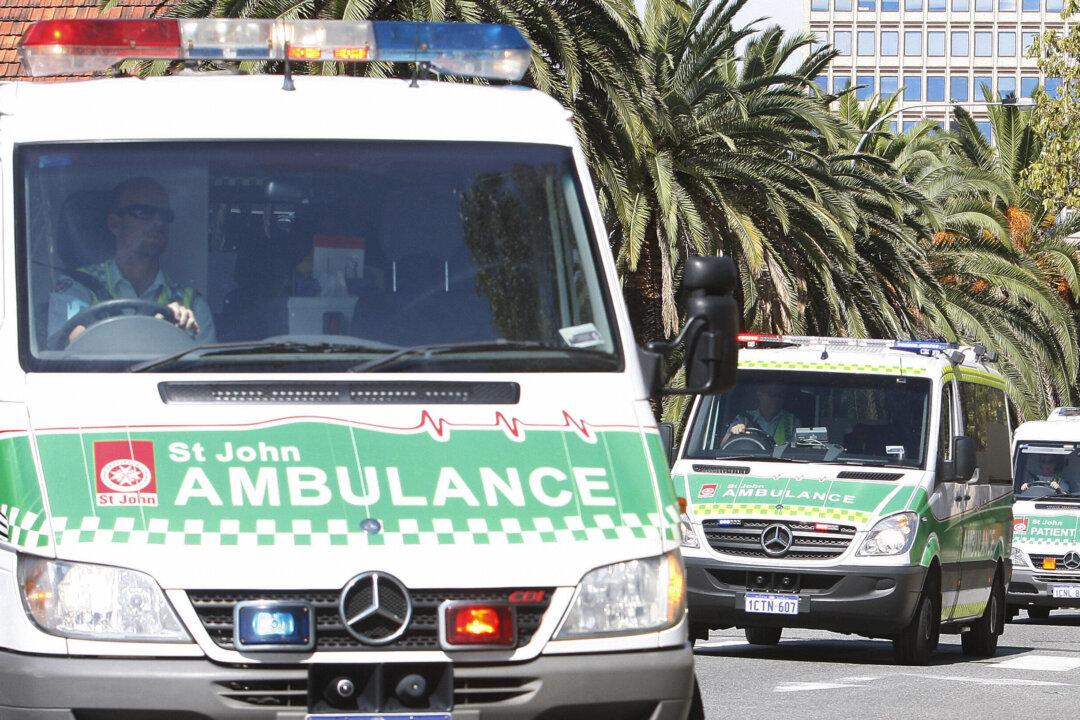An Australian toddler who went missing after falling off a boat was found floating face-down in the river and later died in hospital.
According to local media reports, the girl was pulled from the Hawkesbury River, just north of Sydney, around midday on July 9.





